AI Prompt Engineering for Marketing
ChatGPT has been at the forefront of people’s minds since it was released by OpenAI at the end of 2022. By now I think we all know what ChatGPT does...
2 min read
 Writing Team
:
Oct 12, 2023 7:43:55 PM
Writing Team
:
Oct 12, 2023 7:43:55 PM

Marketing in the digital era often feels like navigating through the uncharted territories of the Wild West. With the surge in generative AI's potential, companies grapple with whether it's a strength enhancer or merely a cover-up for inherent weaknesses.
For many organizations, content creation often seems like a shot in the dark, devoid of concrete strategies and processes. However, senior management envisions the incorporation of generative AI to refine this muddled procedure. But herein lies the challenge: how can AI enhance a process that isn't properly defined or understood in the first place?
Recently, while assisting a burgeoning tech-media firm, I delved into their prevailing "occurrent processes" of content production. Surprisingly, they lacked documented methods yet consistently managed to churn out desired digital assets.
Mapping these latent processes paves the way for two-fold advancements:
With a clear understanding of these dimensions, businesses can judiciously decide where and when to deploy AI tools: to accentuate their strengths or to alleviate their weaknesses.
Drawing inspiration from Tom Rath and Barry Conchie's Strengths Based Leadership, businesses have long believed in bolstering their inherent strengths rather than mending their frailties. However, the nascent stage of AI in content creation poses a dilemma. Few can genuinely label it as a distinctive asset.
Brands that can effectively leverage AI possess robust, transparent content management procedures. These businesses can identify areas where AI can be a significant catalyst.
But, as with any innovation, uncertainties abound. Should AI be employed to amplify research capabilities or to compensate for certain deficits, perhaps by augmenting content production?
A unique perspective from the Harvard Business Review suggests that many so-called weaknesses are merely strengths pushed to an extreme. Over-emphasizing certain abilities can backfire. For instance, an overly creative design team may be perceived as detached from business realities.
Similarly, with budding technologies like generative AI, over-relying on a team's writing prowess might inhibit the utilization of AI for more mundane tasks such as summaries or abstracts.
There's no definitive roadmap when infusing disruptive technologies like AI into creative domains. However, maintaining a self-aware approach to your team's competencies can illuminate the path forward.
For instance, one of our clients, acutely aware of their content team's strengths and weaknesses, didn't perceive AI as a writer replacement. Instead, they harnessed AI's potential as a research aid, unveiling untouched topics or offering novel insights into popular ones. This precision-focused approach resulted in more impactful content.
The real value of evaluating strengths and weaknesses is to ensure continuous alignment with business goals. In this ever-evolving landscape, understanding your team's potential can indeed transform weaknesses into strengths, increasing the chances of making the right decisions.
With emerging tools and capabilities, navigating the marketing realm can be challenging. However, by recognizing and harnessing strengths and being vigilant about potential pitfalls, teams can harness tools like AI to usher in a new era of creative marketing.
The journey might be filled with uncertainties, but with a well-charted strategy, success is attainable. Your brand's narrative is in your hands; ensure you narrate it compellingly.
%20(1).png)
ChatGPT has been at the forefront of people’s minds since it was released by OpenAI at the end of 2022. By now I think we all know what ChatGPT does...
%20(1)-1.png)
Staying ahead of the curve is crucial for B2B marketers.

In the realm of content marketing, technological disruption has continually reshaped the landscape. Among these transformative forces, generative...